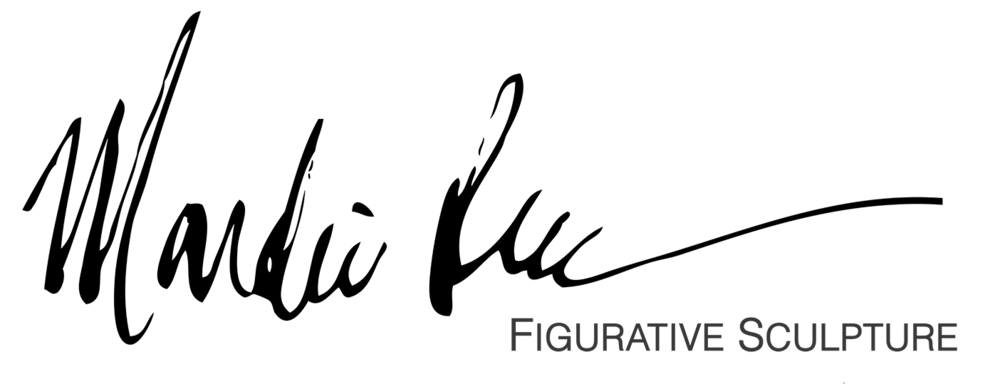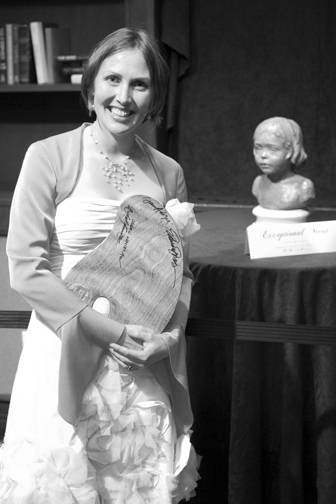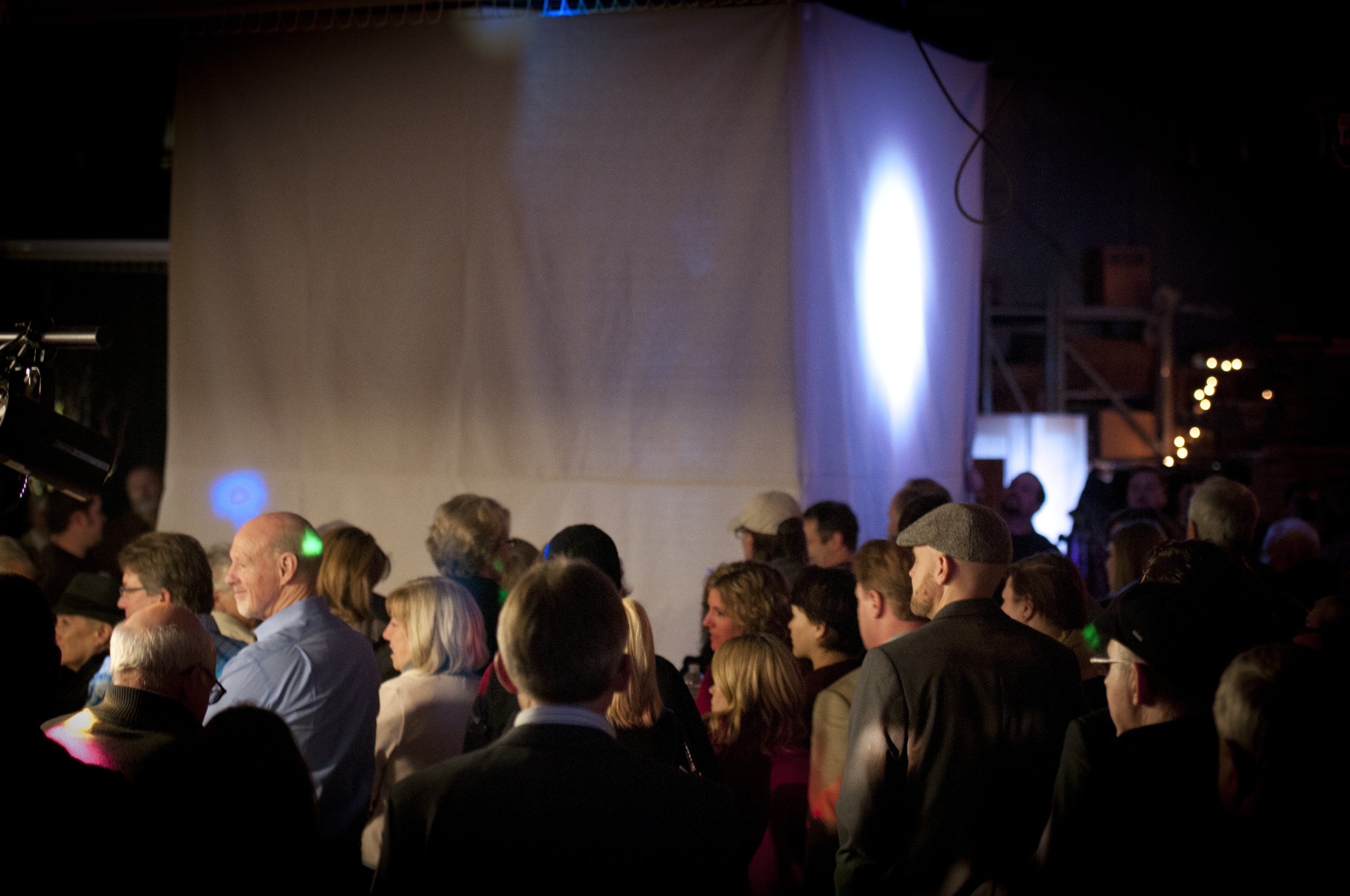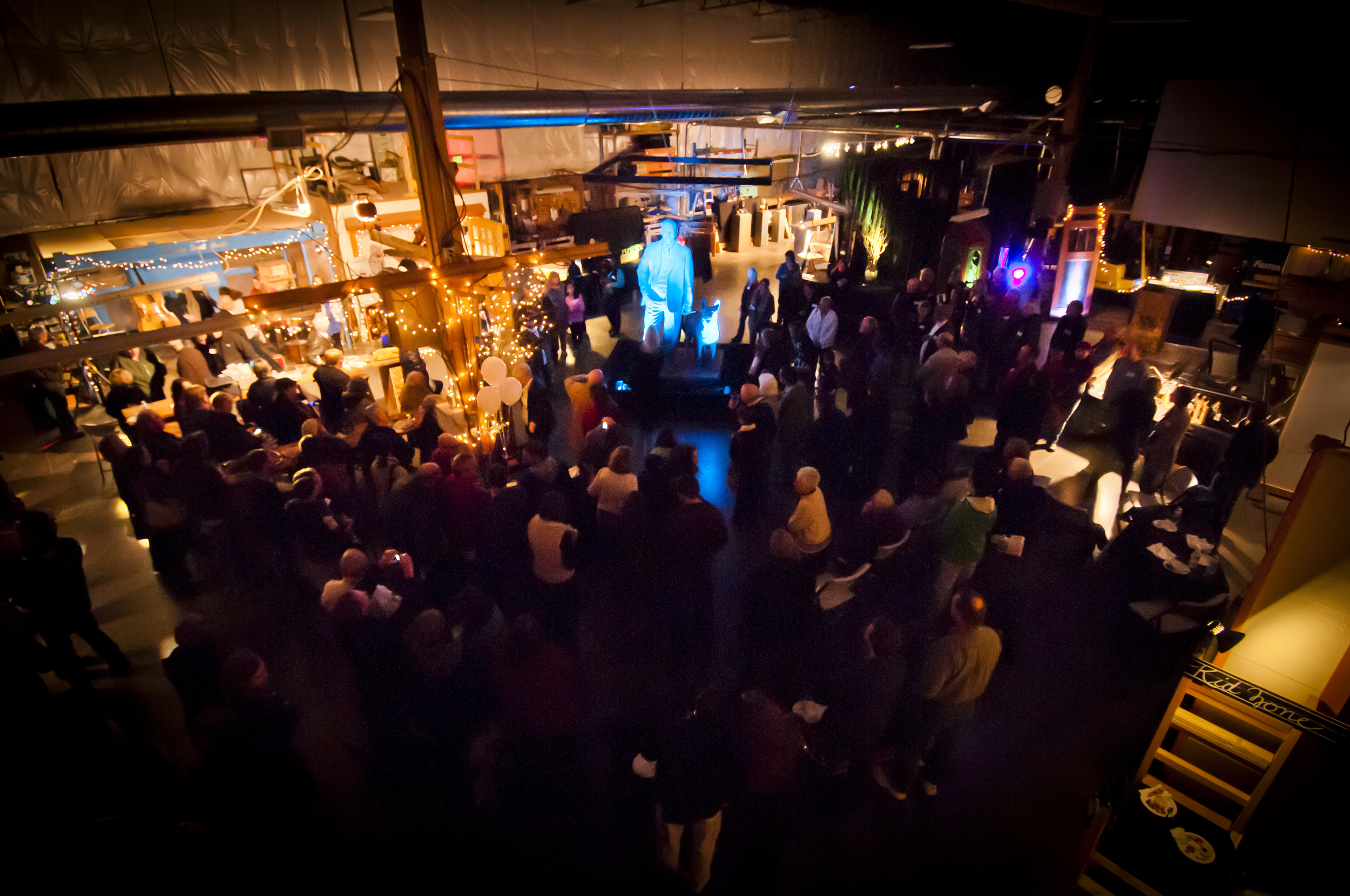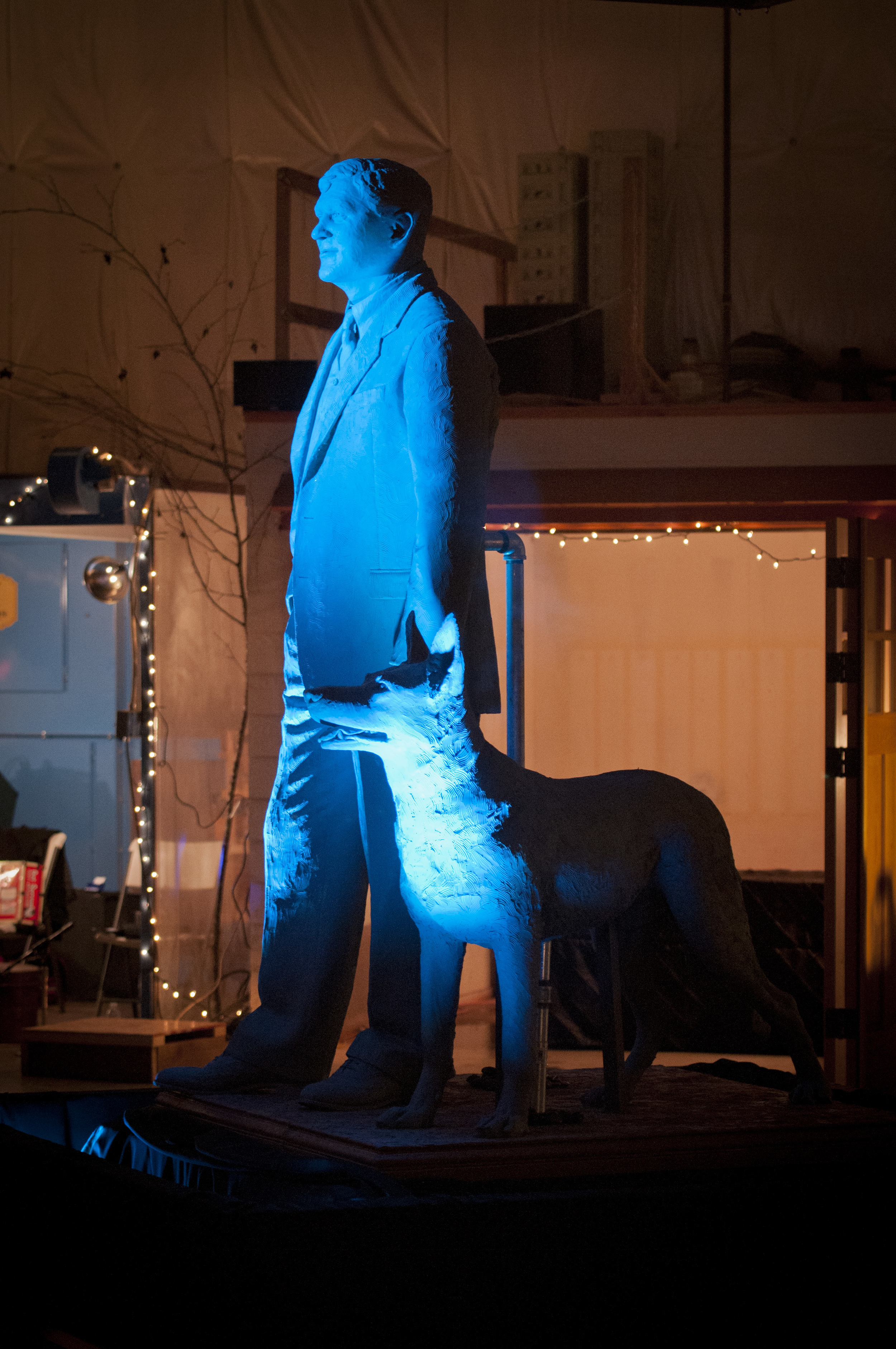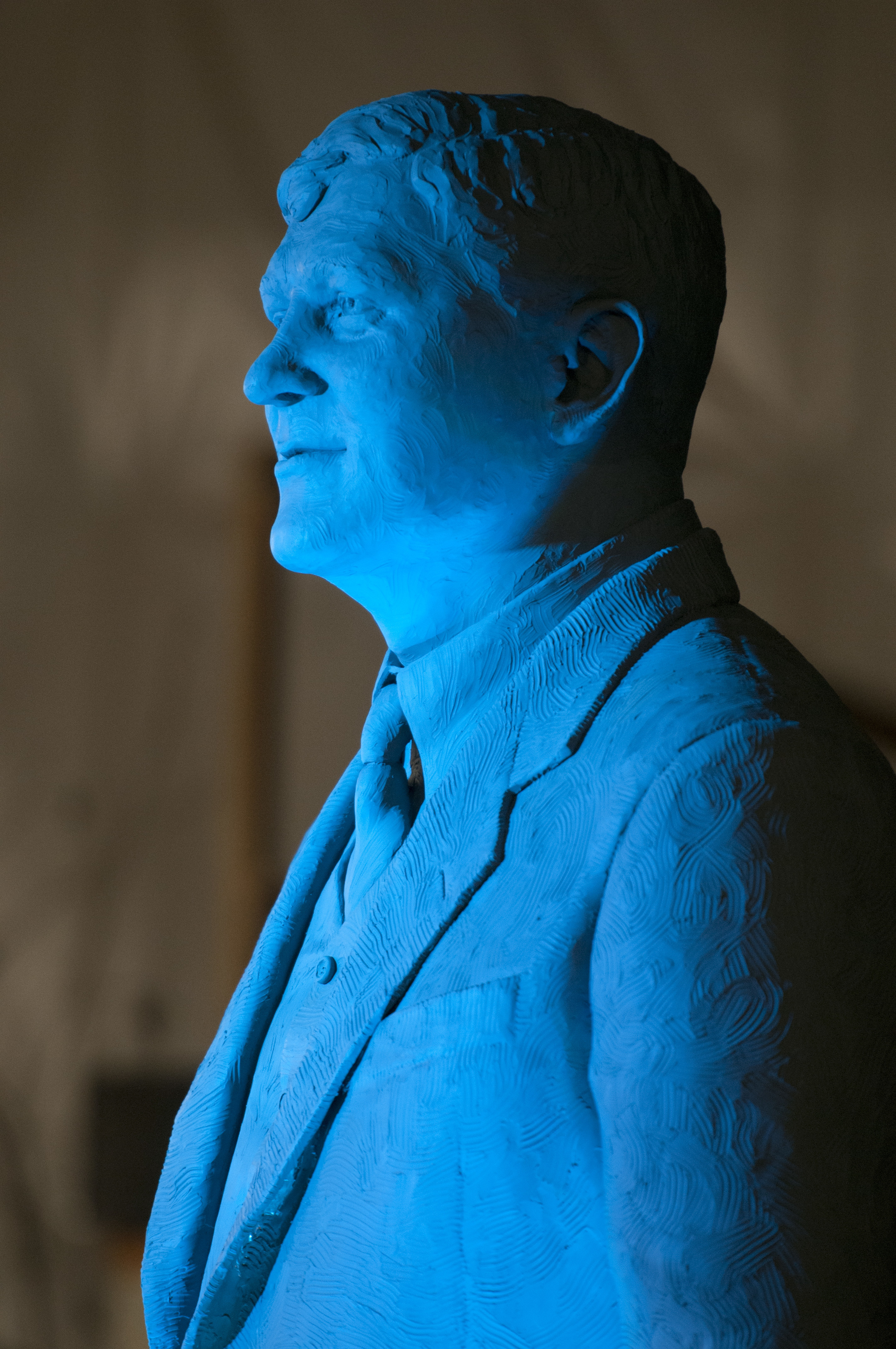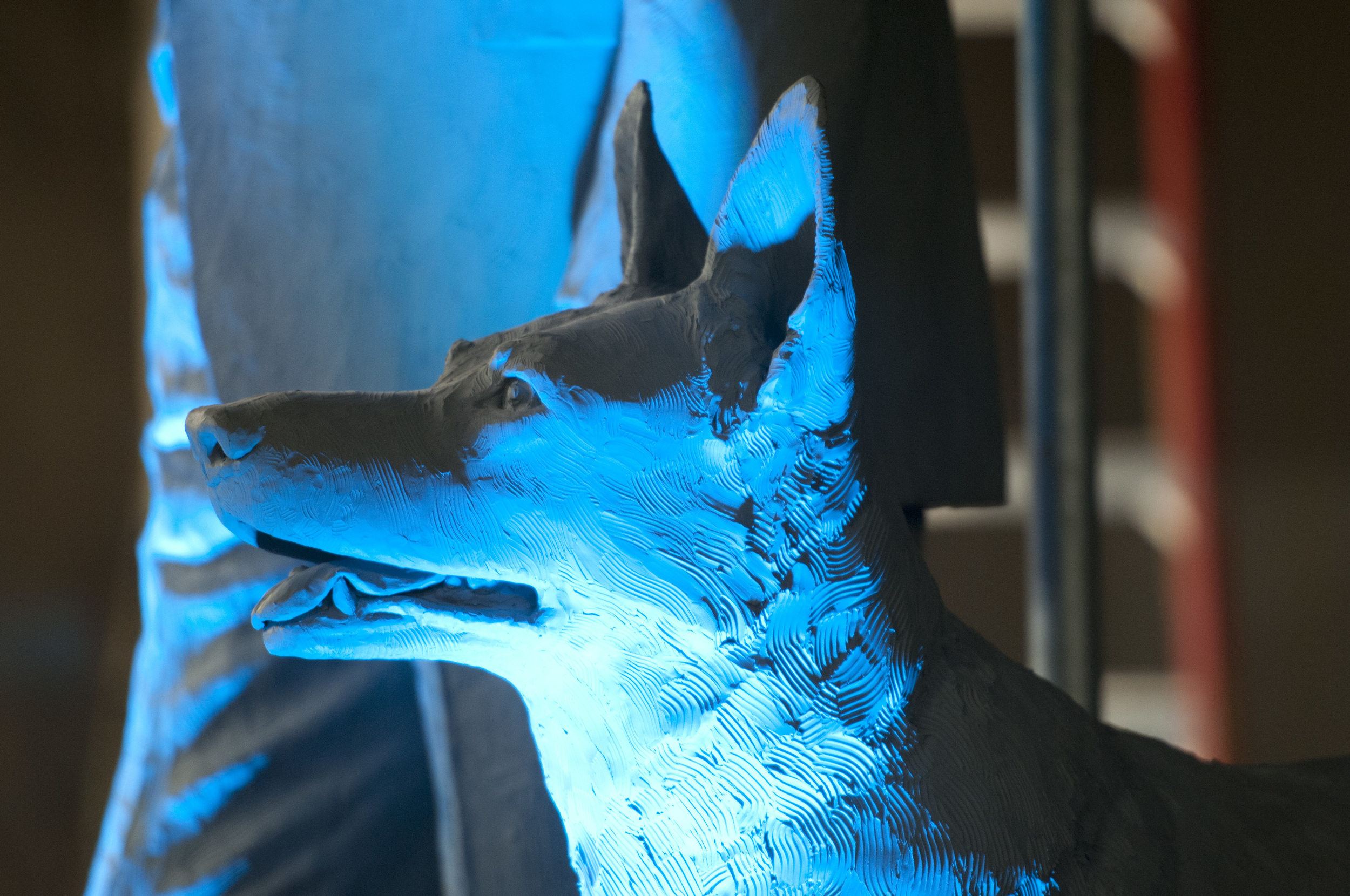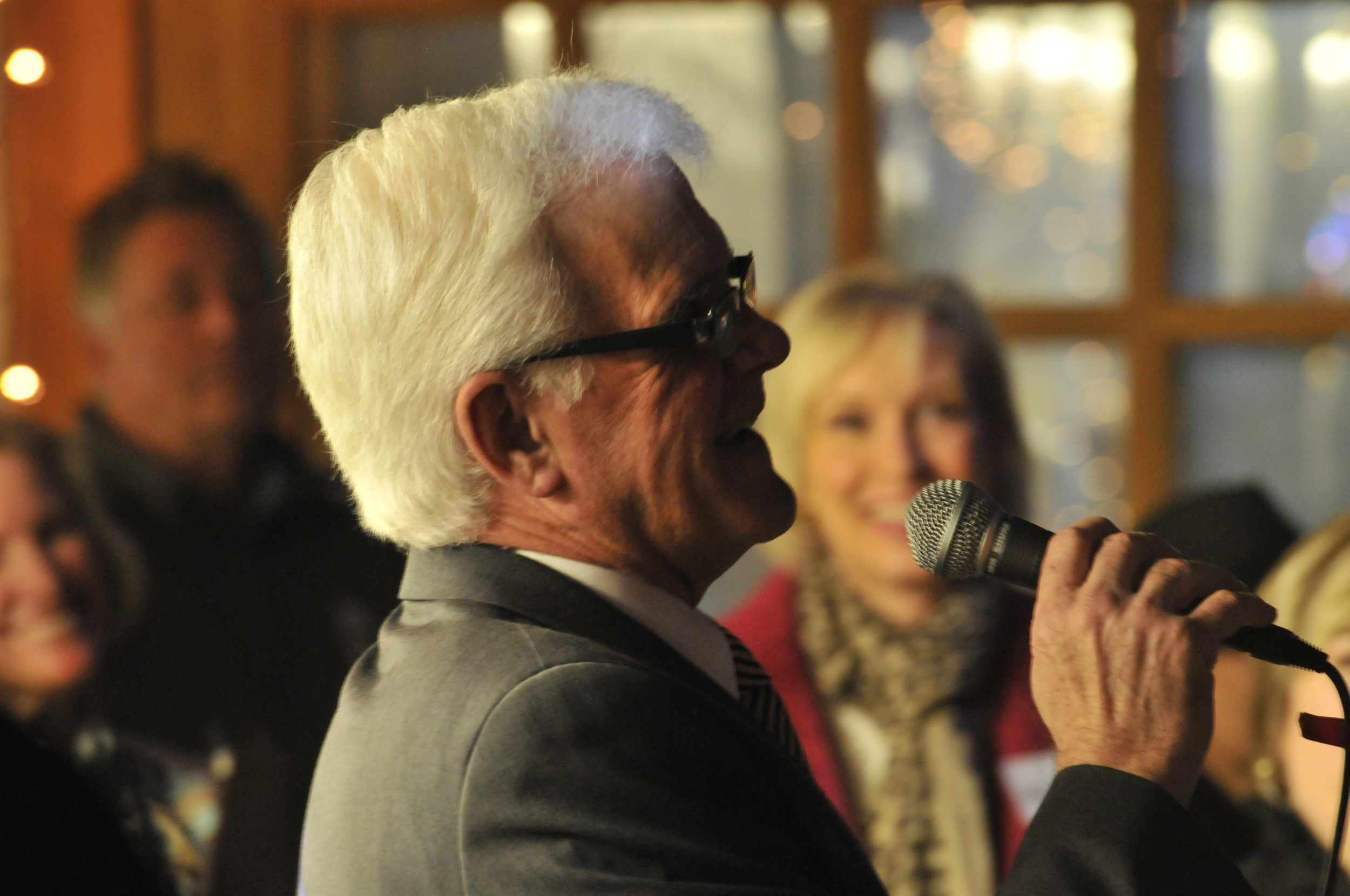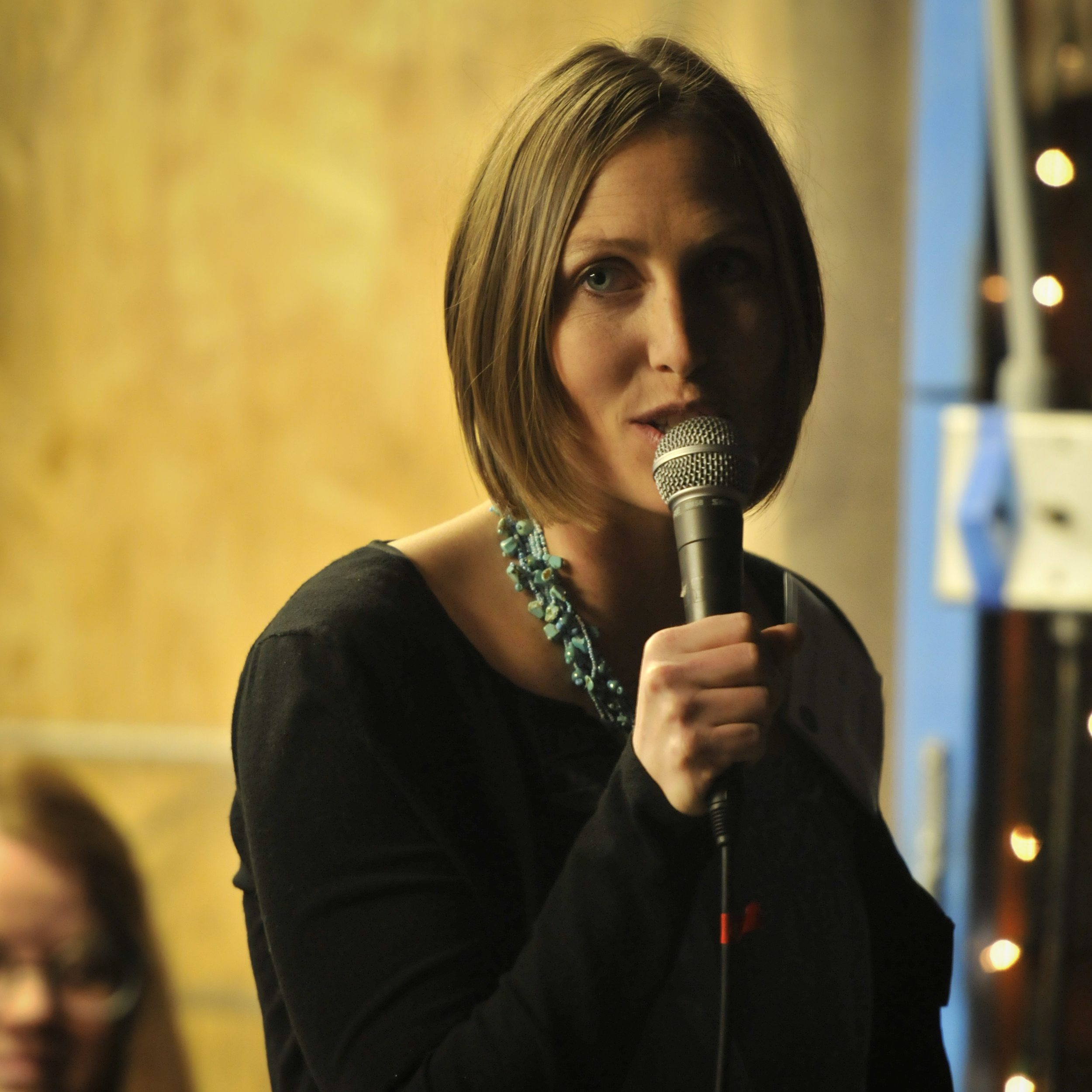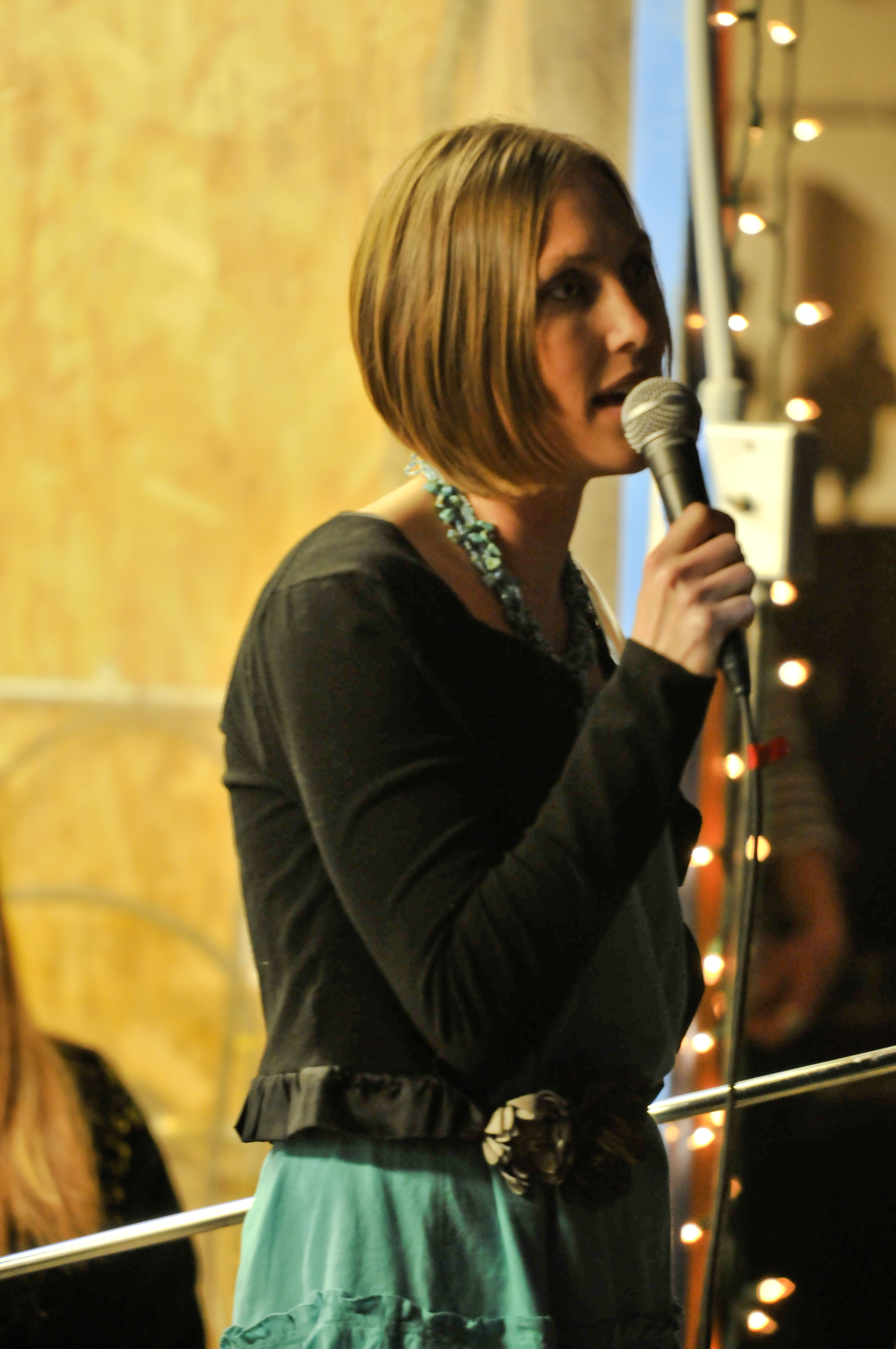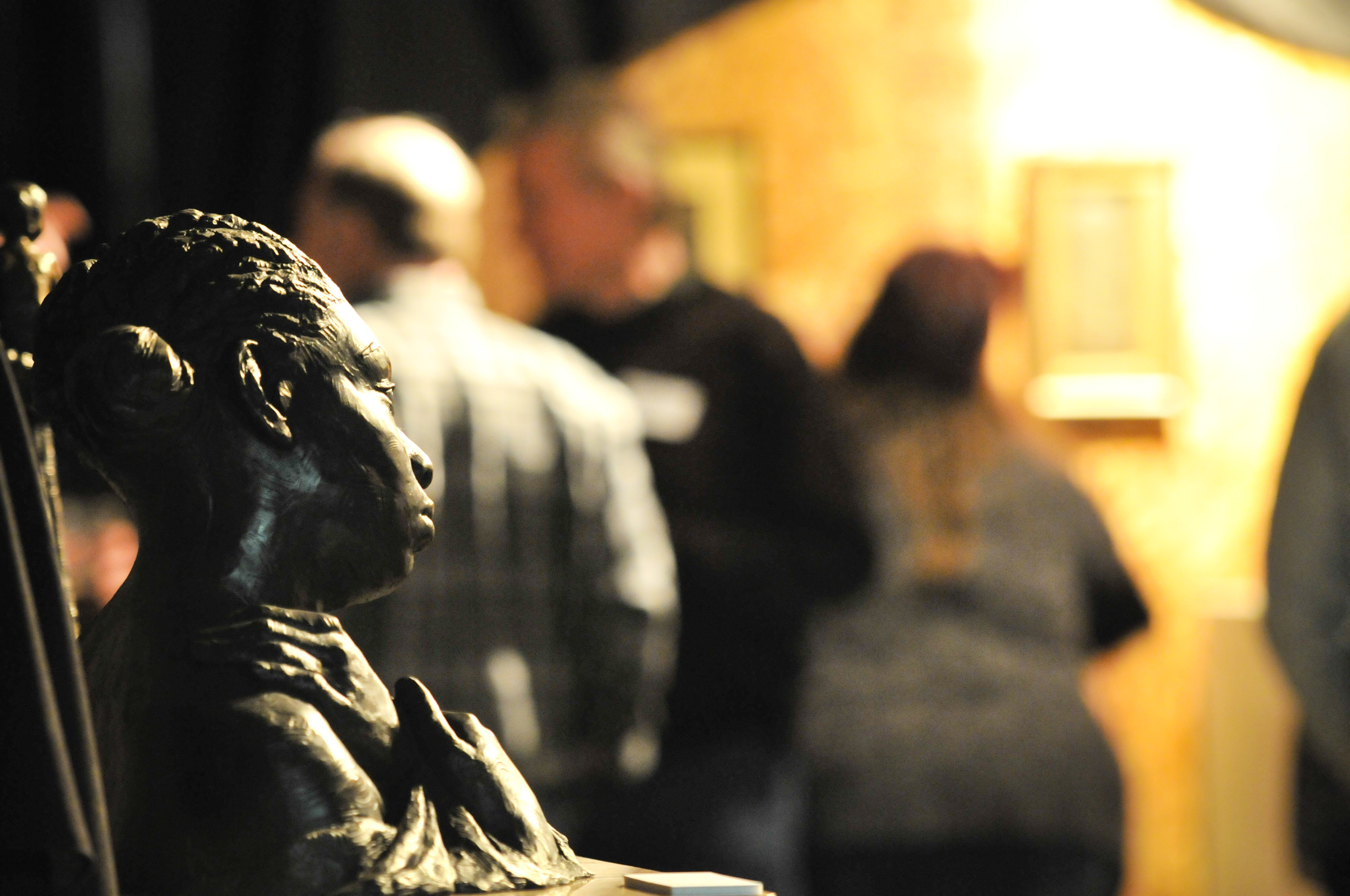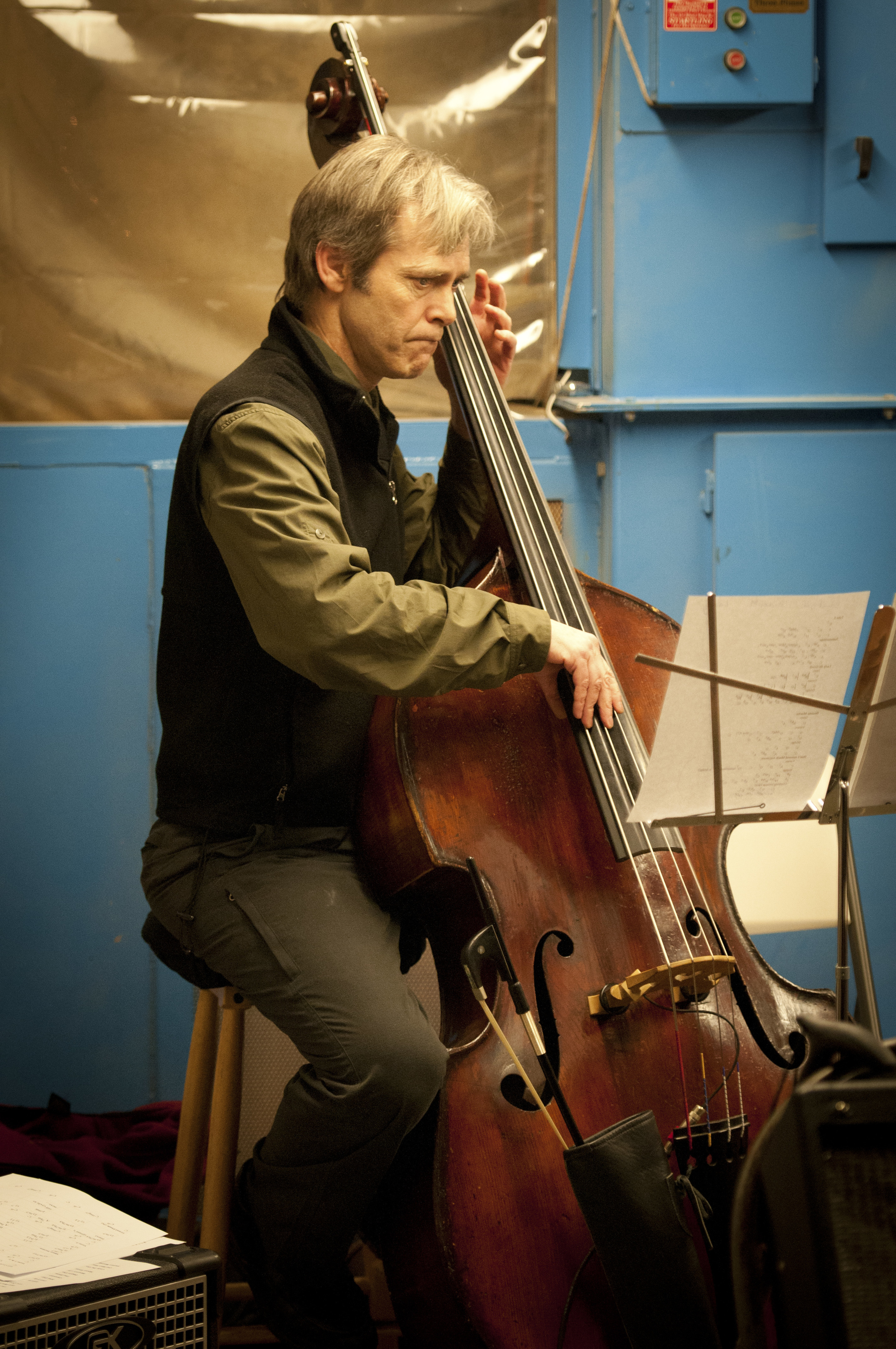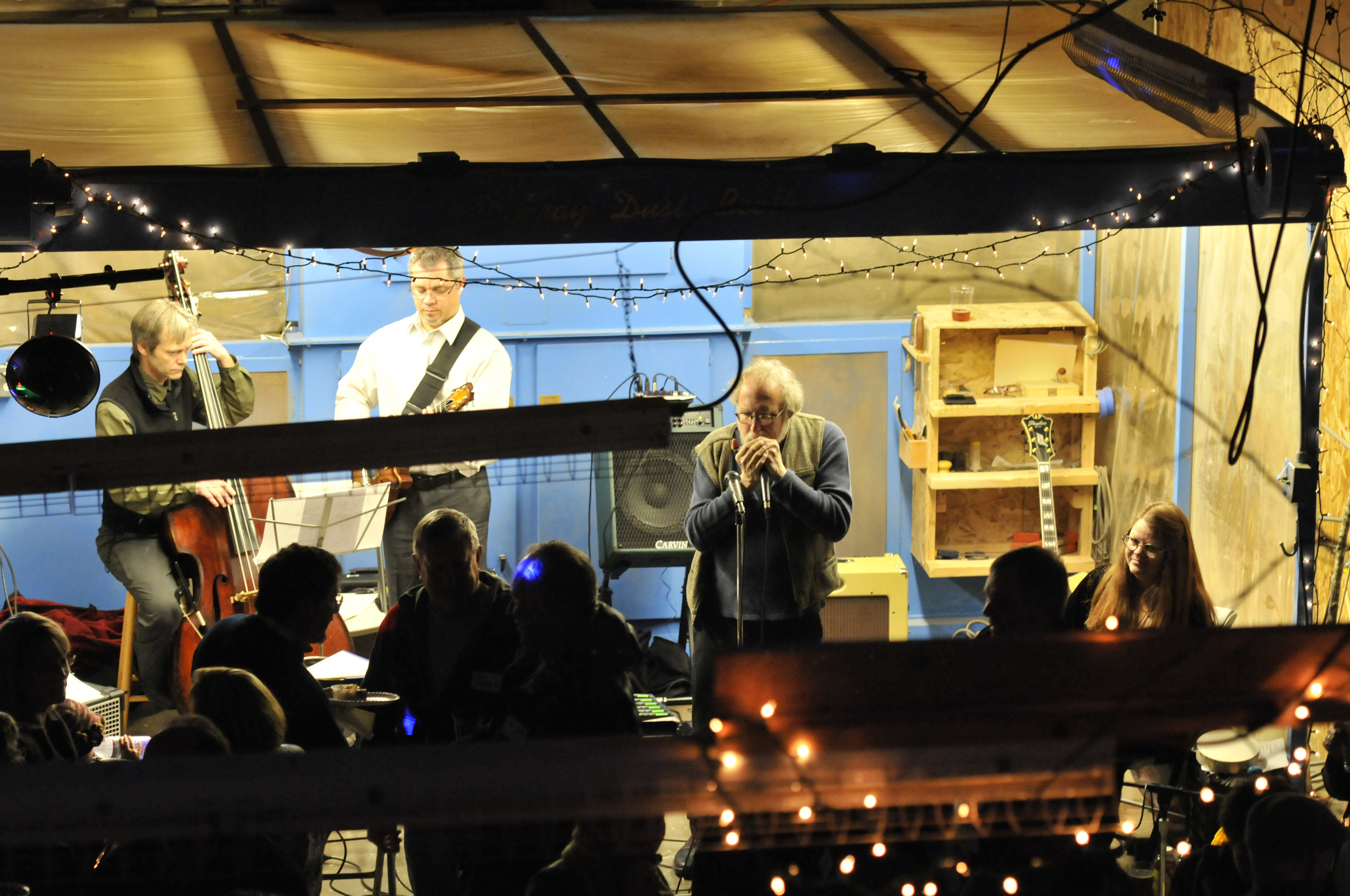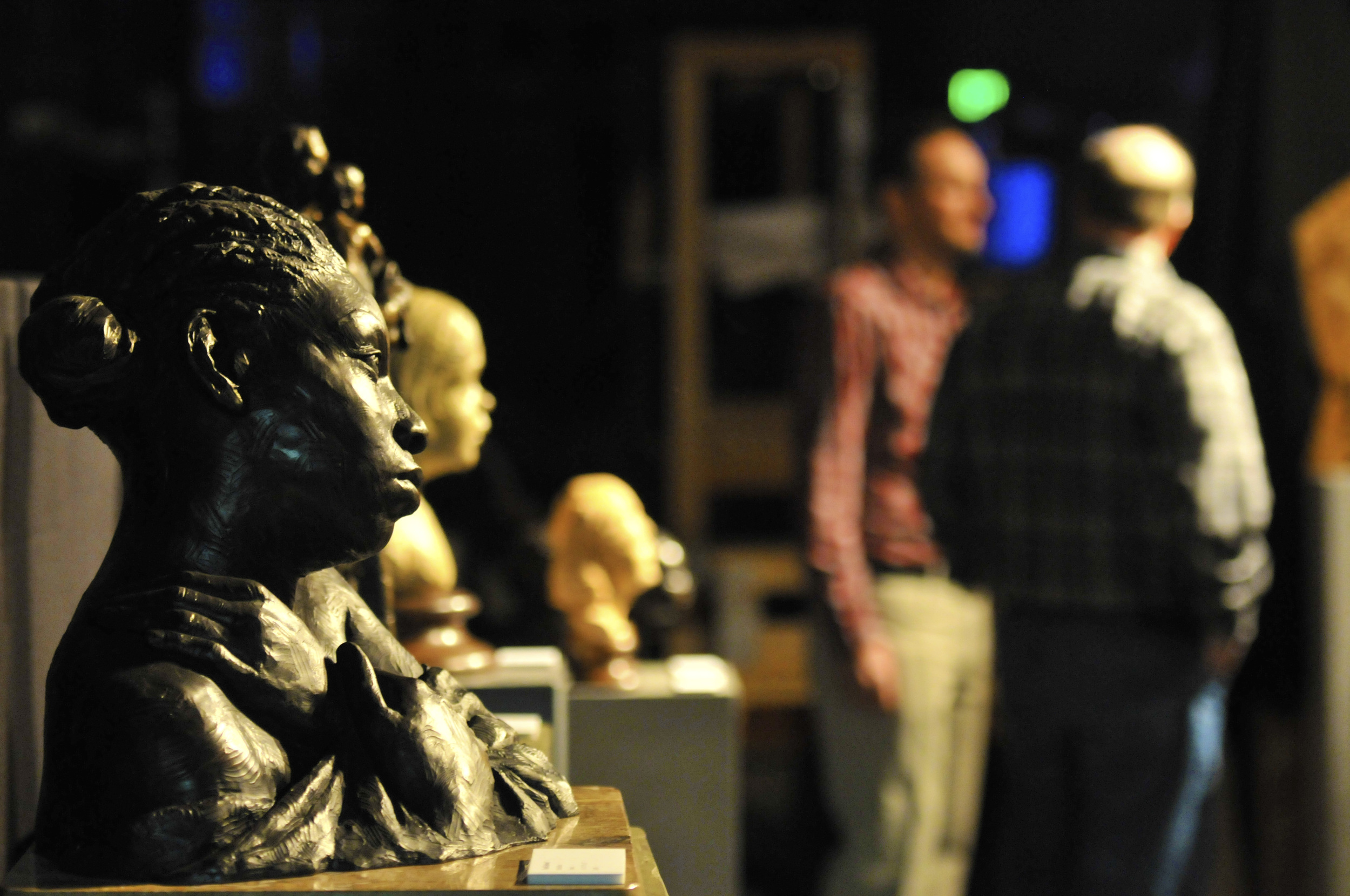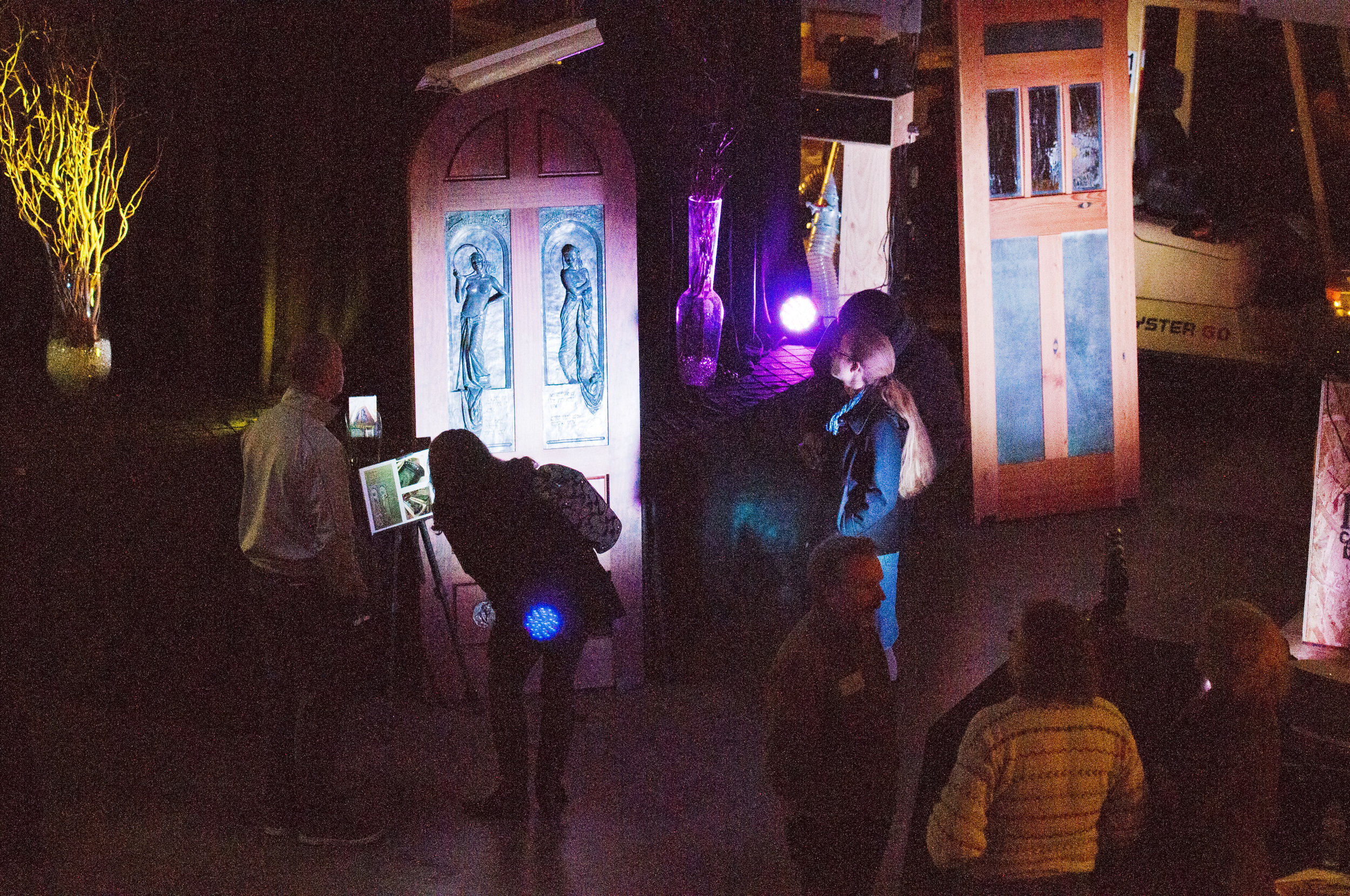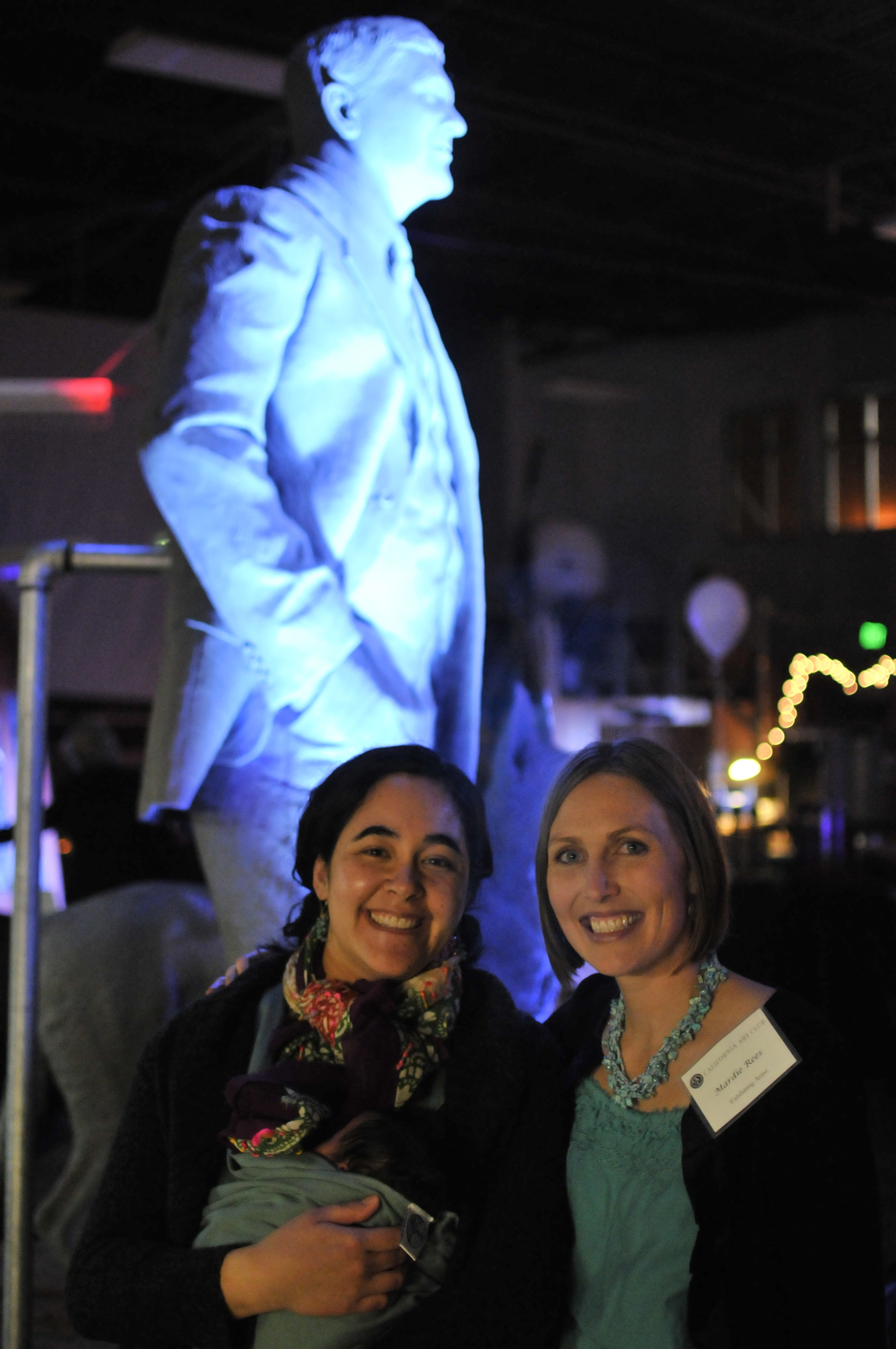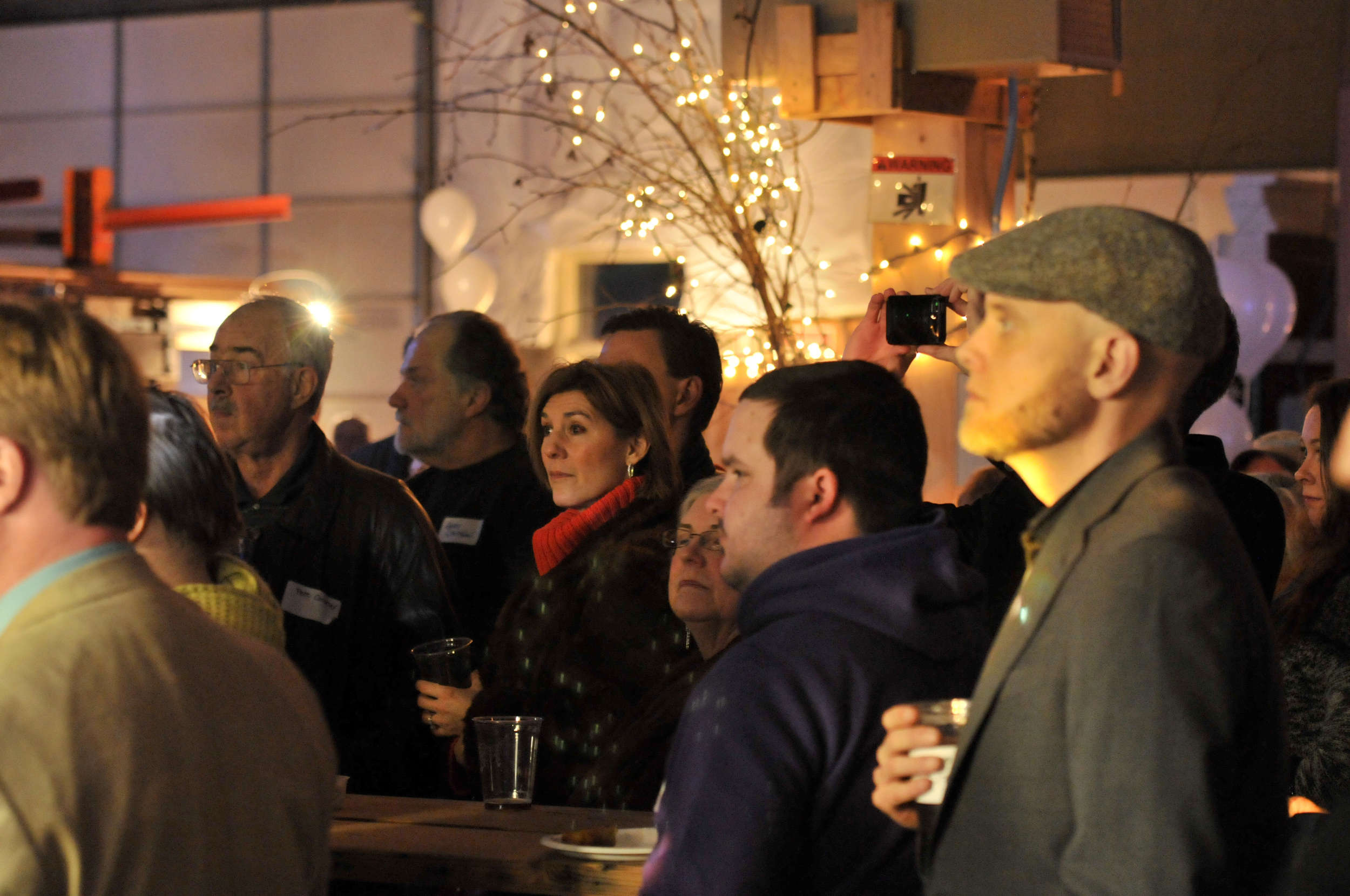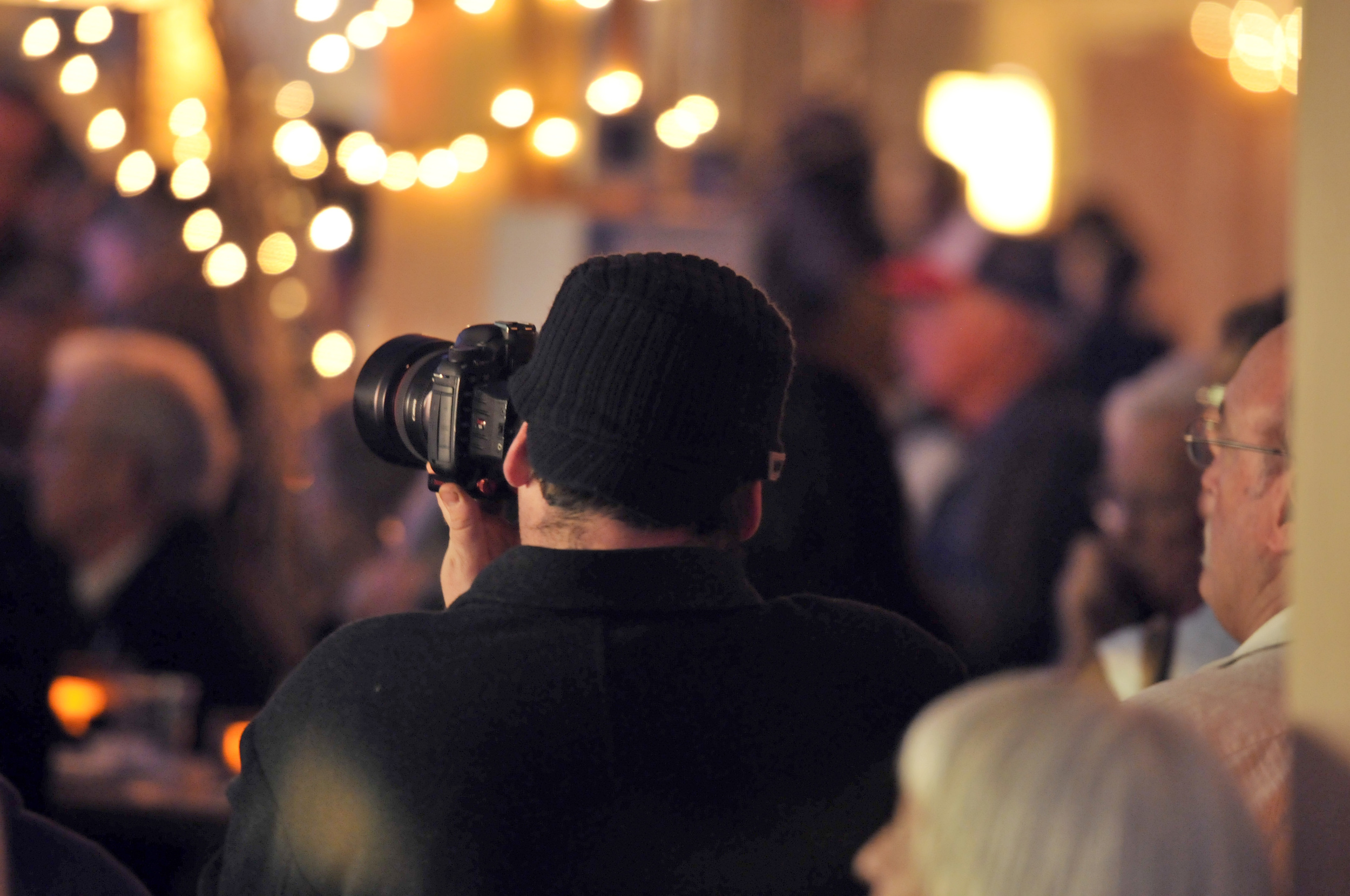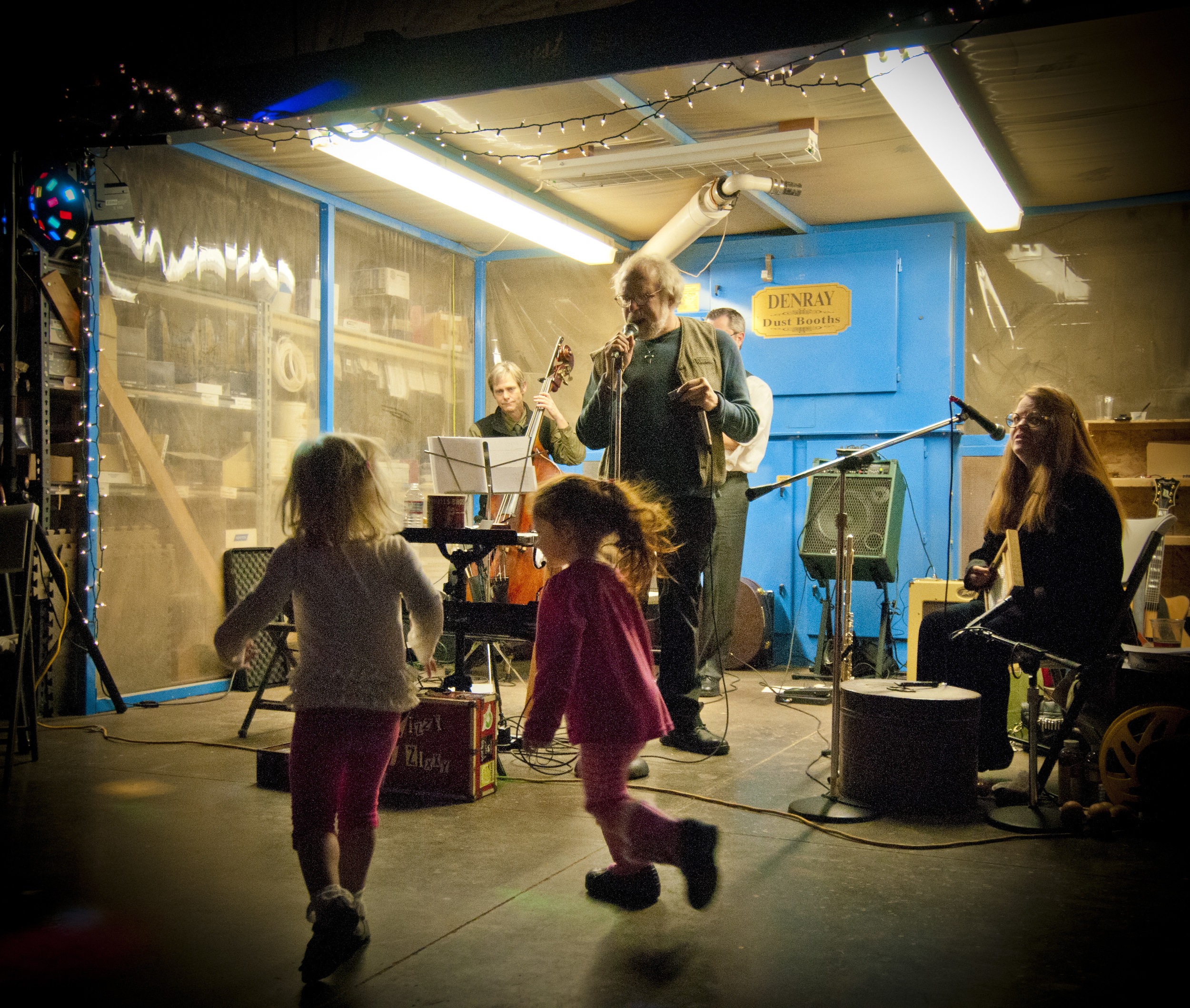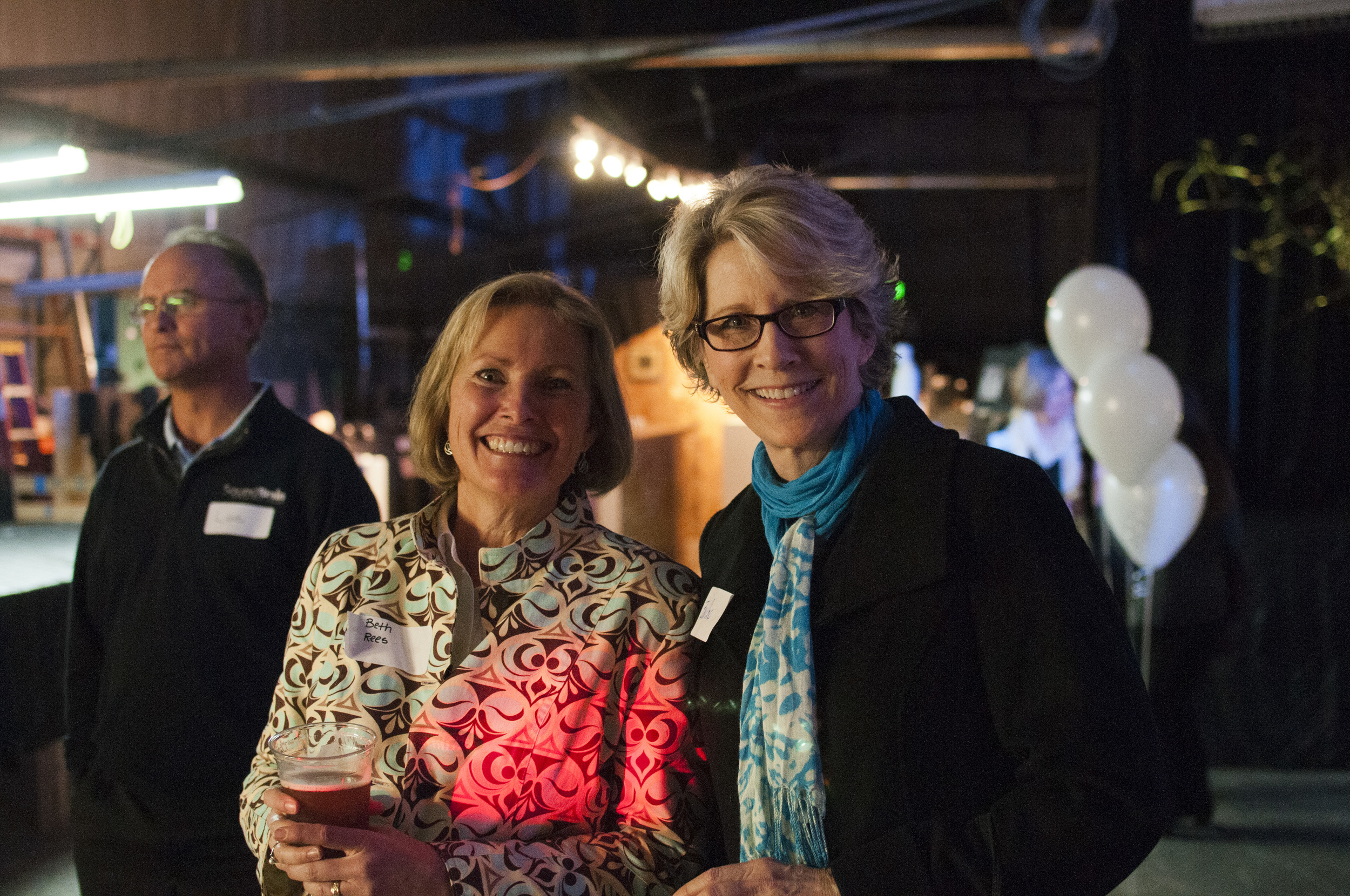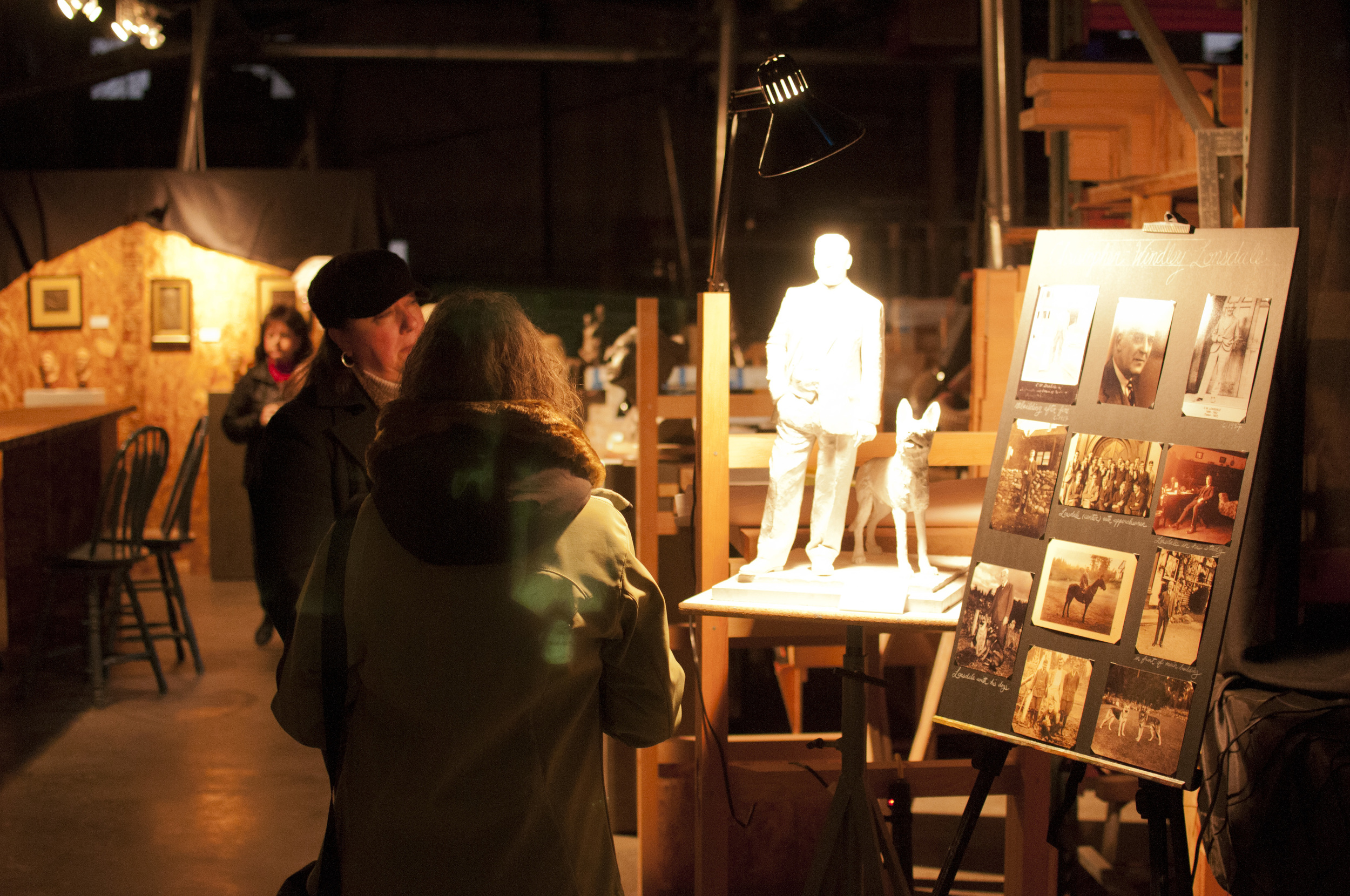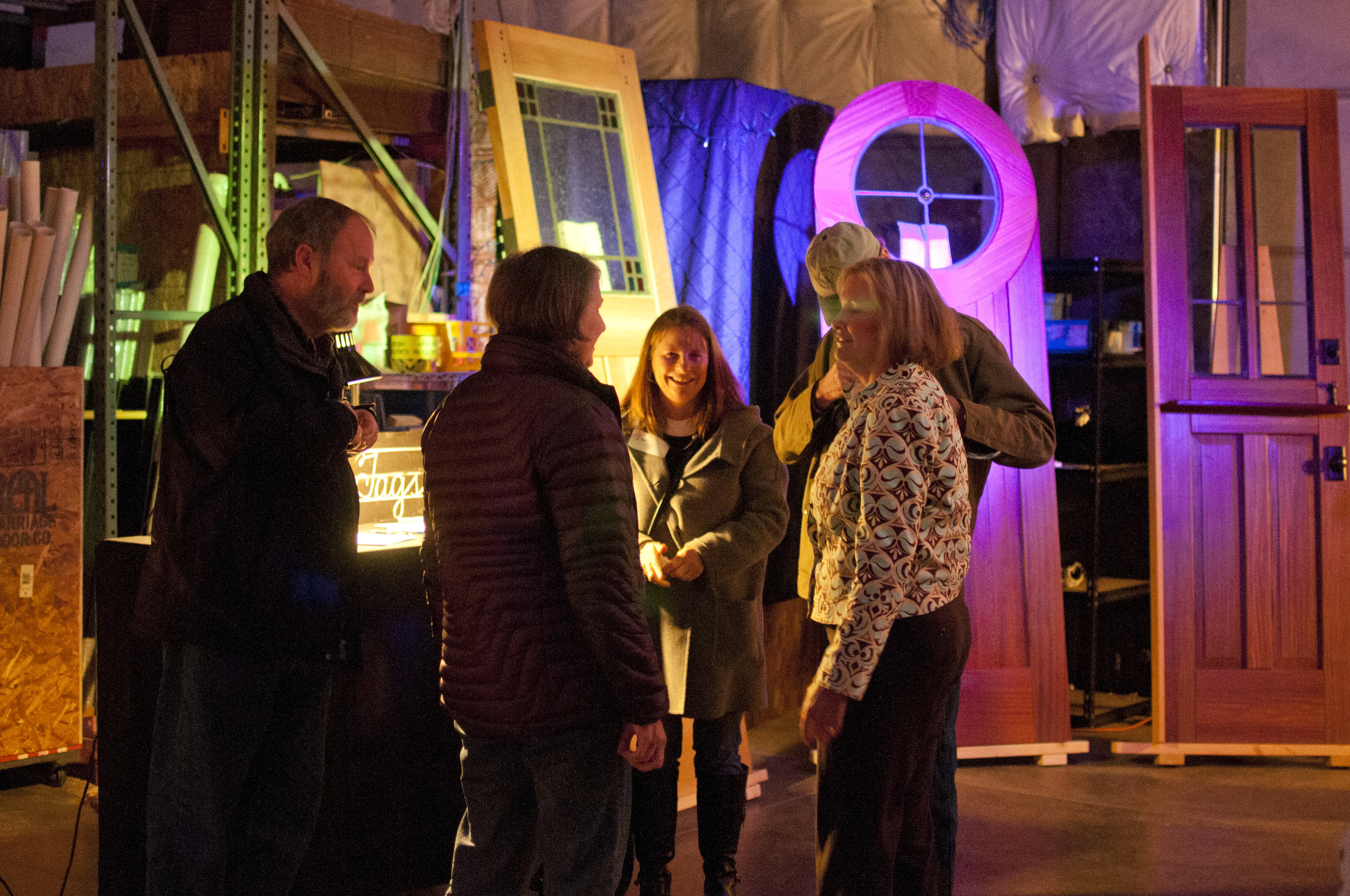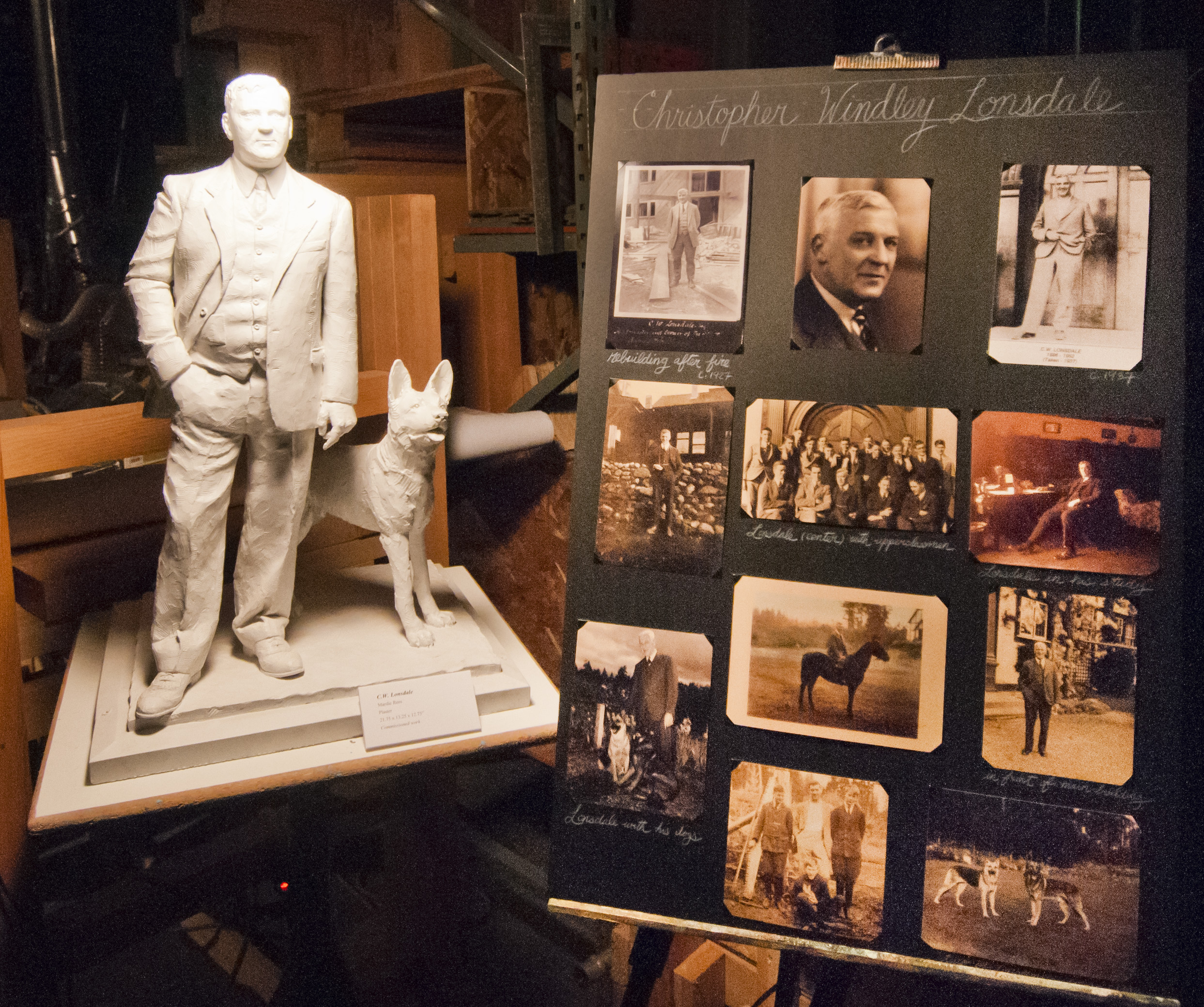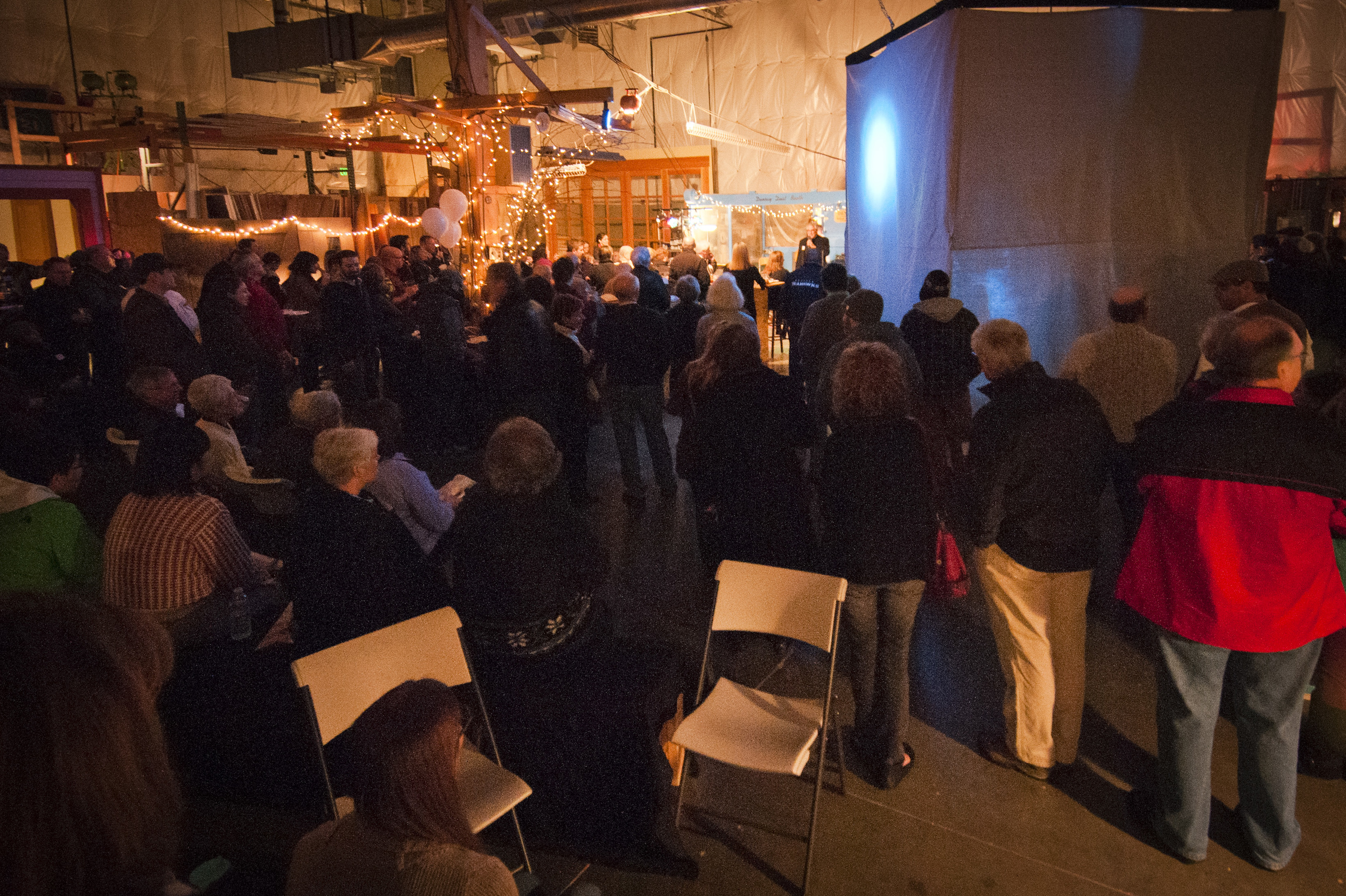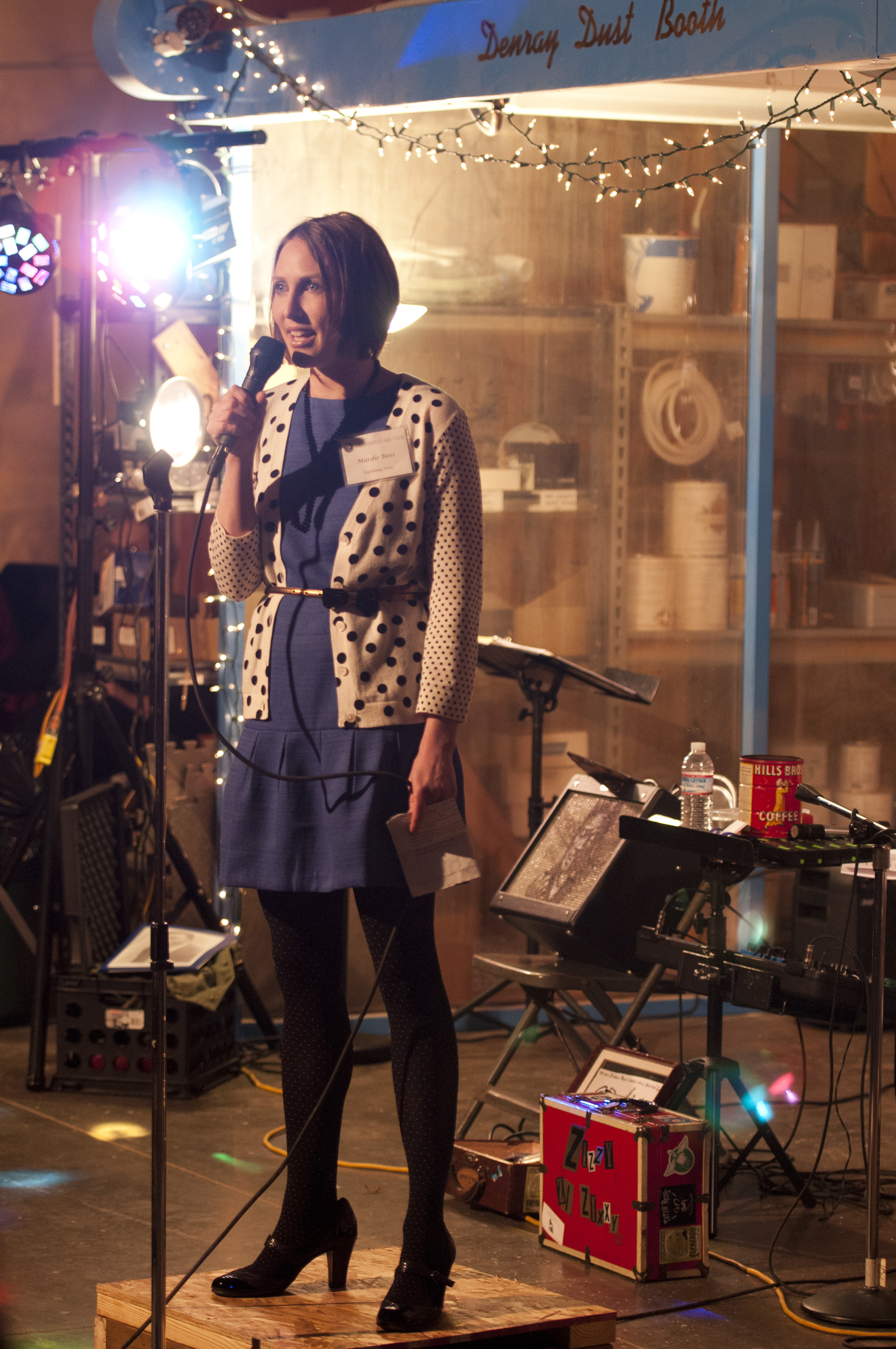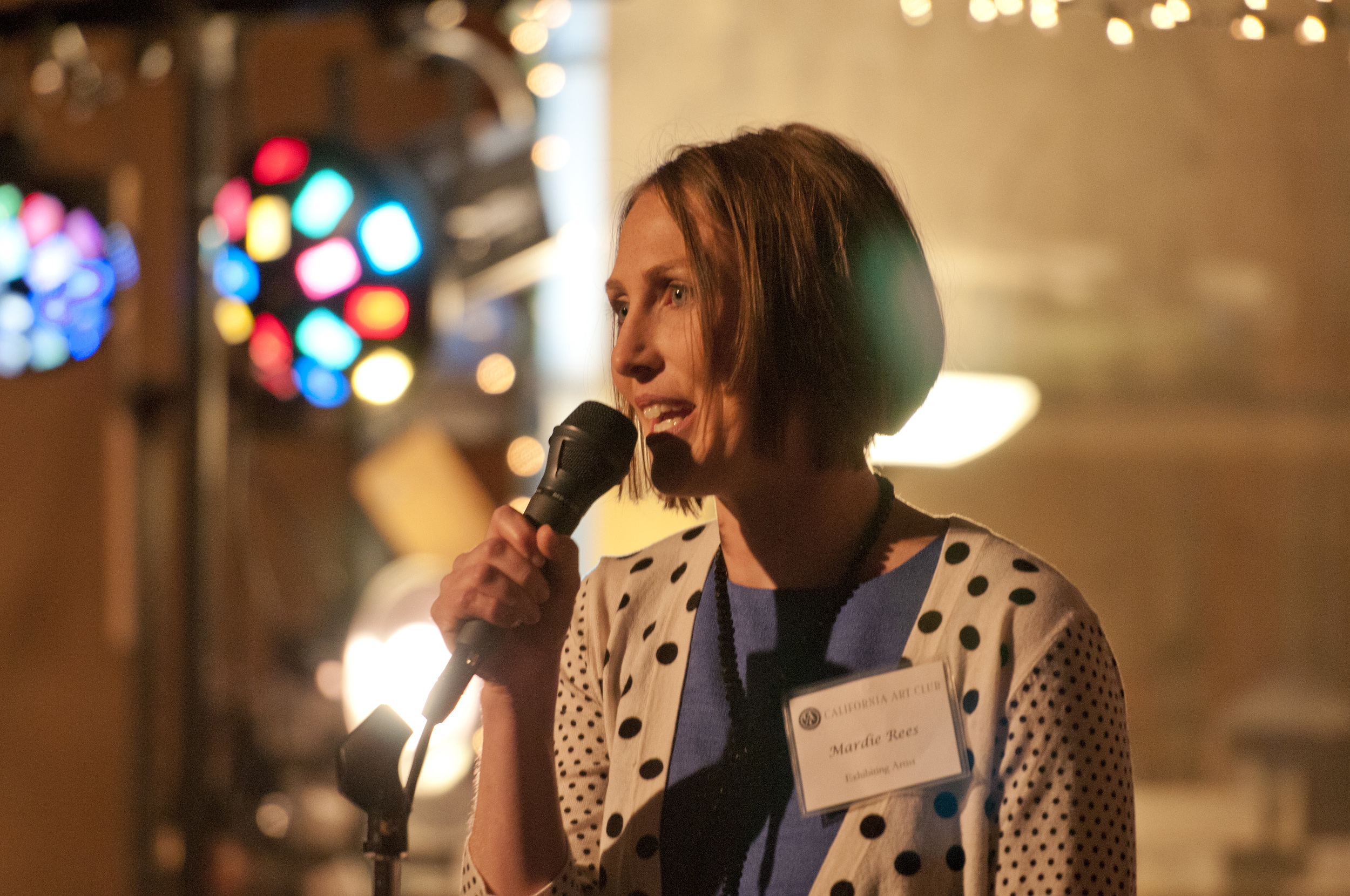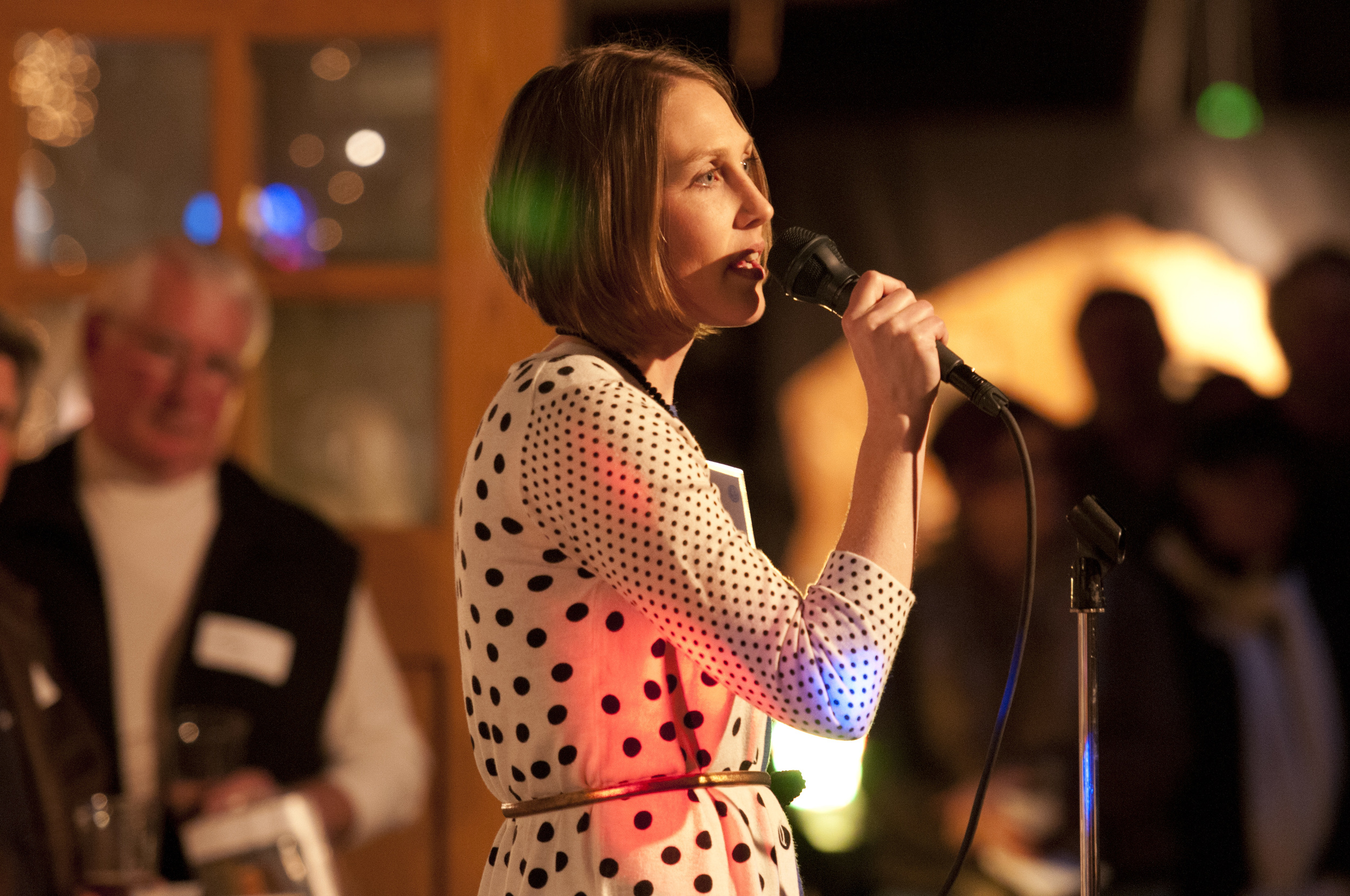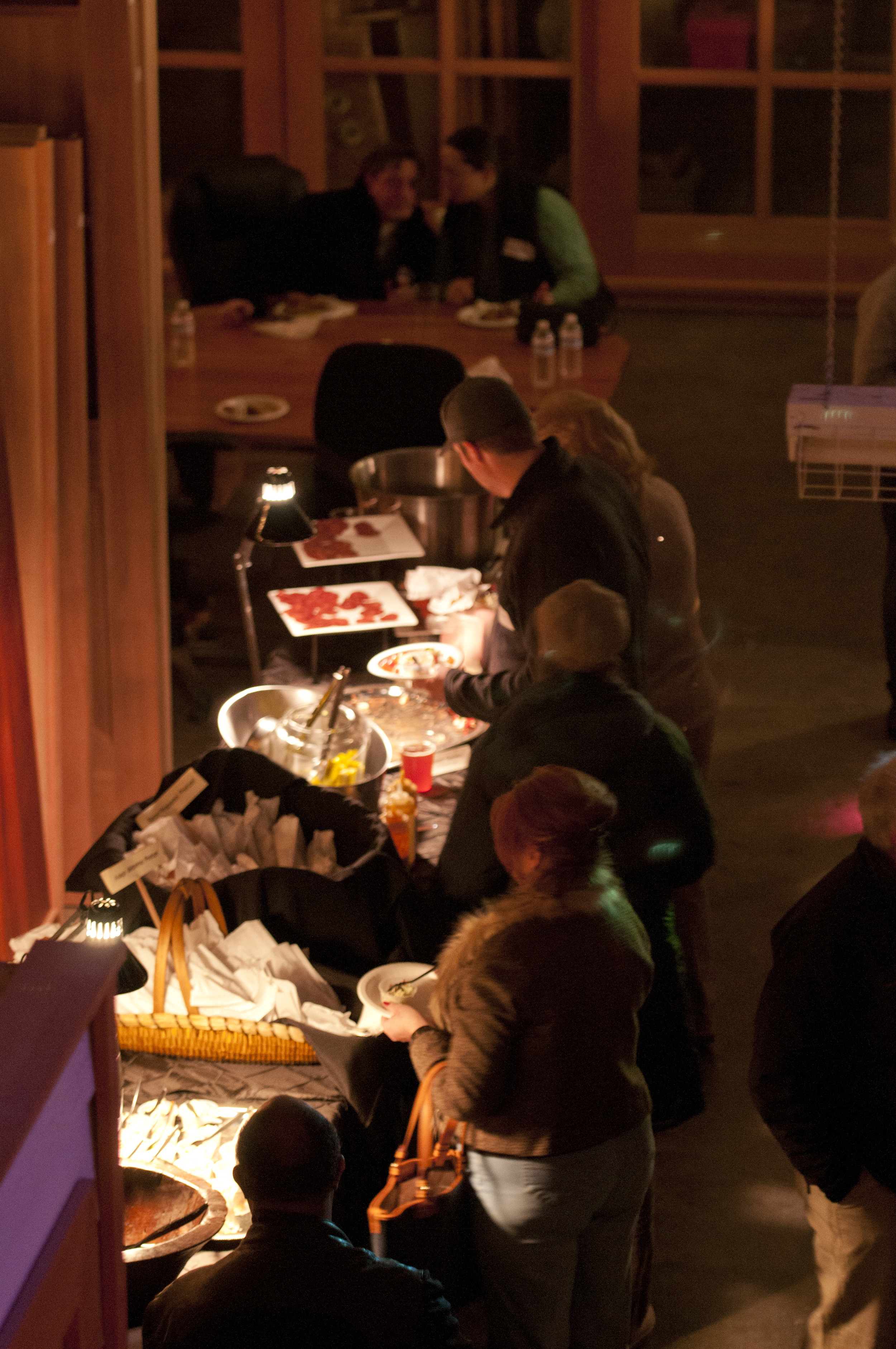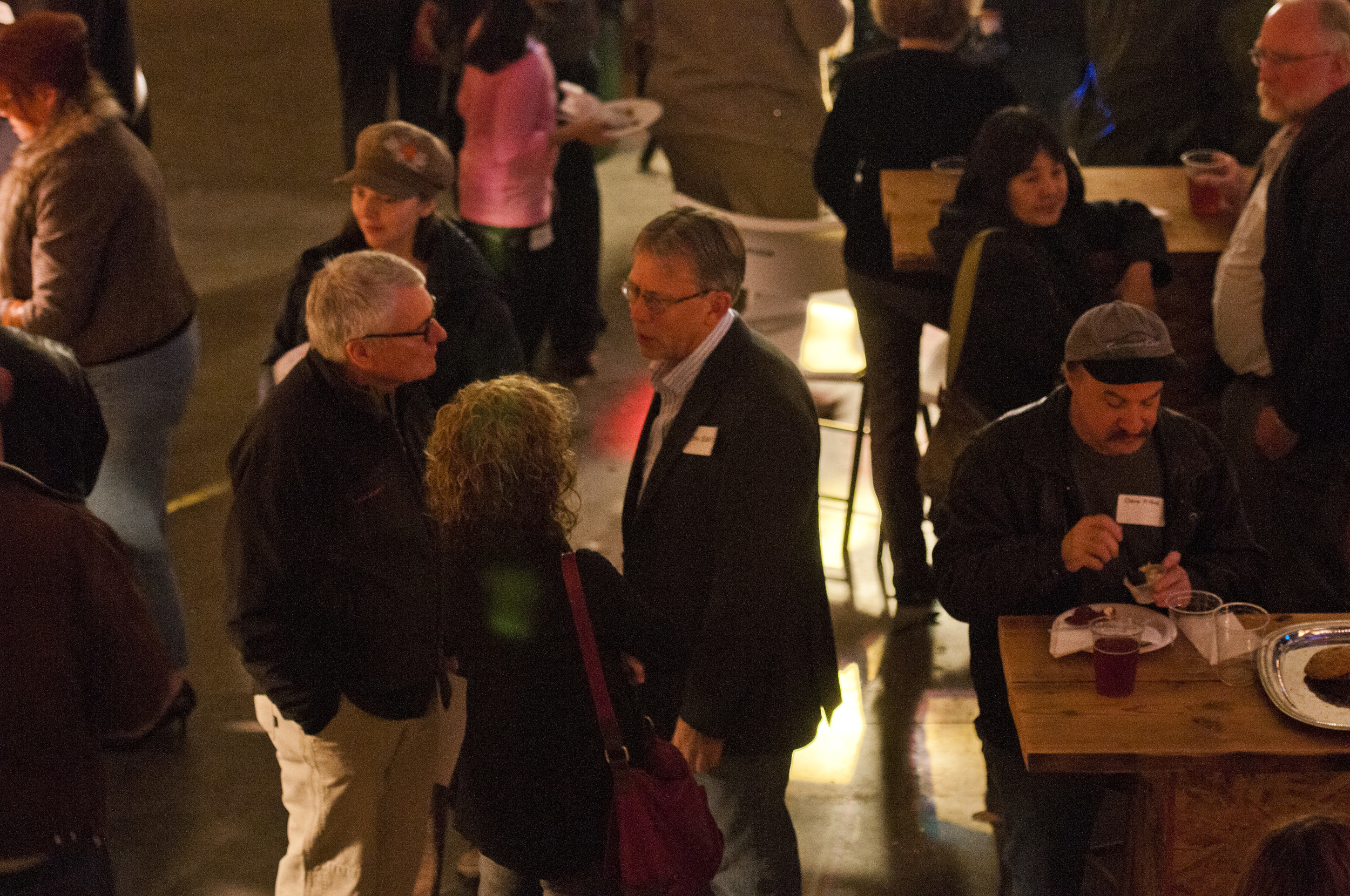Mardie Rees’ portrait bust, La Petite Fluer, was selected based on skill and technique, as well as aesthetic and emotional content.
Here are some questions asked of me after I received word that I was a finalist.
Can you provide some information
about the subject of your Portrait?
When my daughter, Jasmine, was about eighteen
months old I decided to attempt a portrait bust of her with her baby face. She was impossible to get to sit still and I
always had to get help measuring her with my calipers and as life would have
it the project got set aside. Shortly after she turned two years old I came
across the portrait in my studio and realized I had let six months pass. By
then she looked more like a little girl then a baby, and so I immediately took
up my tools and finished the portrait as she was then, before she could turn
two-and-a-half. It turned out to be
easier to sculpt her when she would sit still long enough to watch Elmo. It was
a precious time that I hope captures the innocence and wonder of that age.
Can you also talk about the
inspiration for this particular portrait?
I have always loved
the portrait bust of a little girl by Camille Claudel titled "La Petite
Chatelaine." I also found Houdon’s
portrait of a young girl, “Alexandre Brongniart,” also of great
inspiration. There are so few sculpted
portraits of young children that exude what we all know and love about
children. I am always looking for the beauty of innocence and a sense of
wonder.
What are the specific qualities
that you strive for to make a portrait a strong piece of art?
A portrait is finished when I feel it portrays emotion, shows harmony
in the marks and shapes that frame the face, and shows likeness in both the features
and personality. Most of all I look to see if the work “breathes” on its own
and draws an understanding from the observer – What is the subject saying? What
are they feeling?
